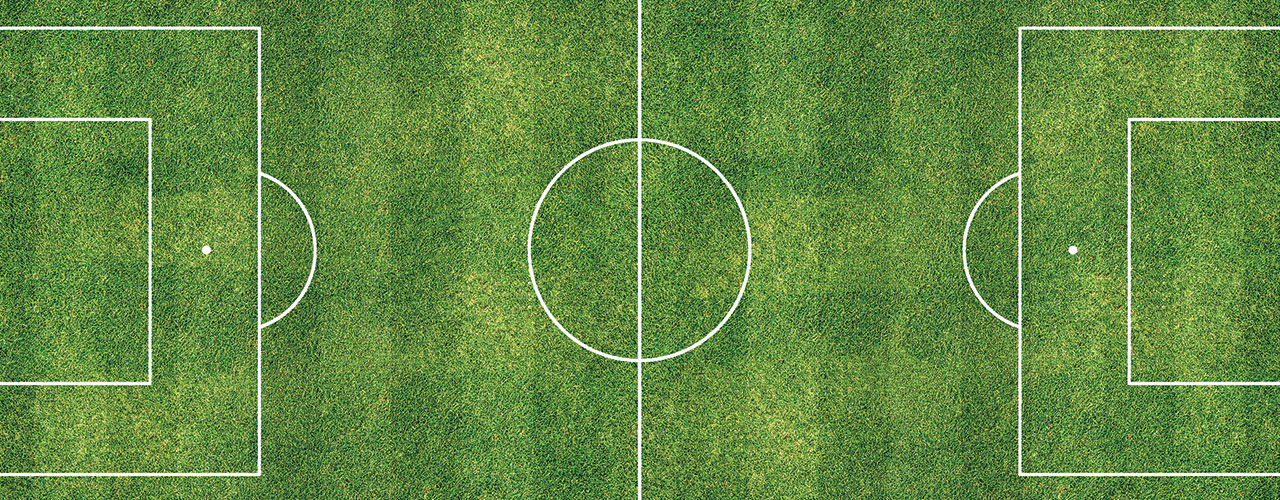BLOG
Top 5 Considerations When Choosing Your Next Sports Field Surface

For a college or university sports program, there are few decisions that can affect the athletes, the bottom line or the sports legacy of an institution more than investing in a sports field that will effectively sustain your athletic program. From the day the decision is made to retire a worn-out field until installation of a new field has been completed, turf choices can be problematic.
The range of options available today to ensure that sports fields are safe, cost-effective and attractive can be especially confusing. Technological advances since the introduction of synthetic turf 50 years ago make it easier to maintain and are more weather-resistant. But natural grass remains a sentimental favorite for those who believe a freshly mowed ball field embodies a field of their dreams.
Colleges or universities considering their choices for replacing aging sports fields should carefully consider these five criteria to make the most informed decision.
Safety
Safety is perhaps the hottest topic today, and certainly the most important factor. It’s crucial to have a surface that doesn’t subject athletes to the potential for additional injures, such as sprains, skin contusions or concussions.
Synthetic turf offers the safety benefit of installing a shock pad with newer fiber technologies along with various infill options in addition to the traditional crumb rubber infill – which some people found objectionable. The shock pad increases the cost but also improves a field’s results during G-MAX (how many G’s of force a field can absorb) and Head Injury Criterion (HIC) testing to determine how hard a surface is and if athletes face increased risk of concussions.
Cost
While synthetic turf may be more of an investment initially than natural turf, the difference in cost in certain situations may be as little as 10 percent of the total construction cost. Technology is bringing down the initial investment required to install synthetic turf because of improvements in materials and labor.
Maintenance
Natural turf can be maintained with a mower and irrigation. Synthetic turf requires less daily maintenance, depending on the quality of the product, but still requires a degree of care to keep it in safe playing condition.
Heavy wear areas of synthetic turf, such as the pitcher’s mound, sliding zones, and batter’s box, require additional maintenance. But those areas may be easily sustained with replacement inserts.
Use
Synthetic turf is an excellent surface for baseball and softball fields, especially, because of its playability, but also serves many sports effectively due to its multi-purpose functionality. Natural turf has reliably serviced multiple types of sports fields for many years.
Compare surfaces by visiting comparable facilities to determine whether their installation has matched expectations or promises. Ask questions about their ongoing experience before finalizing your decision.
Lifespan
Natural turf can harden and become a safety concern for the athletes as it ages. Synthetic turf usually carries a warranty for 8-10 years but often lasts longer (10-12 years.) Careful maintenance can extend the lifespan and durability of both.
Making the decision to use natural or synthetic turf can be an individual preference or can be greatly affected by any number of factors, including cost, appearance or even insurance requirements. For those who have made the decision to install synthetic turf, Woolpert offers these additional guidelines.

Todd Ford, PE, LEED AP
Before joining Woolpert’s Civil Engineering Landscape Architecture and Planning discipline, Team Leader Todd Ford worked on nearly 50 athletic facility designs, bringing his skills in hydraulics, storm water and utility engineering to a wide range of education-related projects.